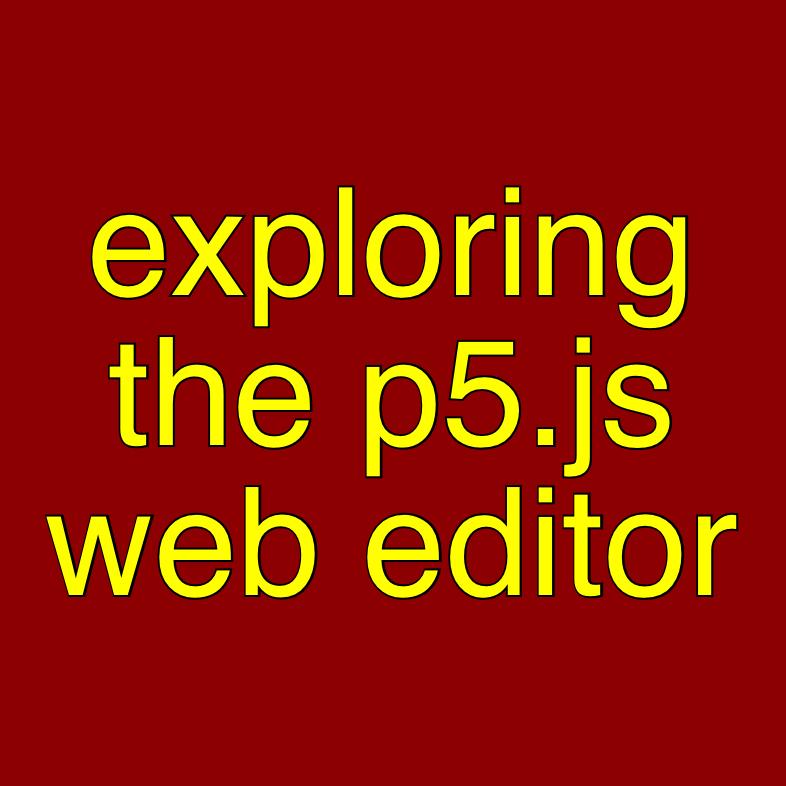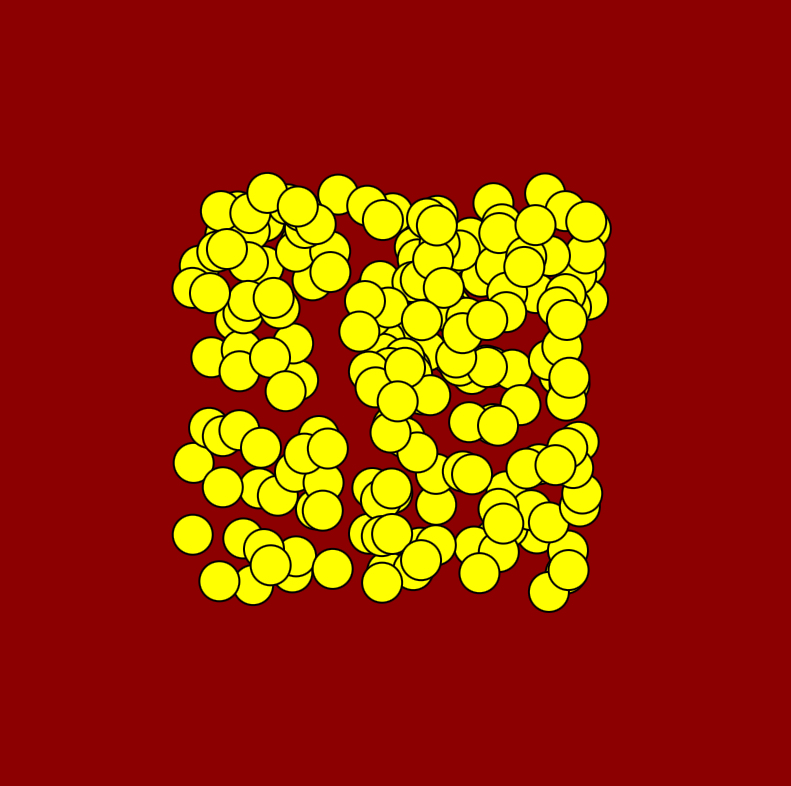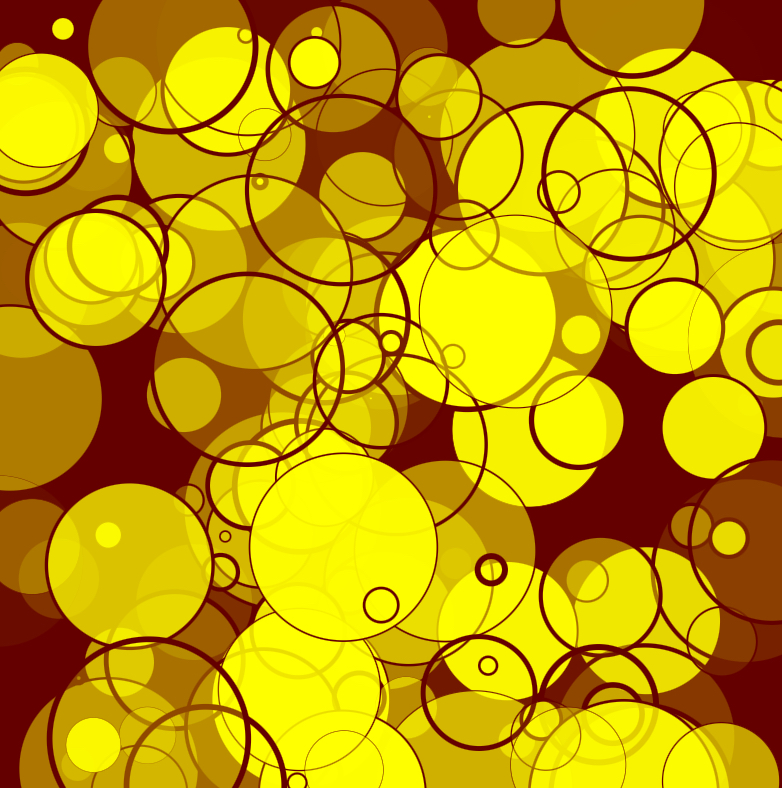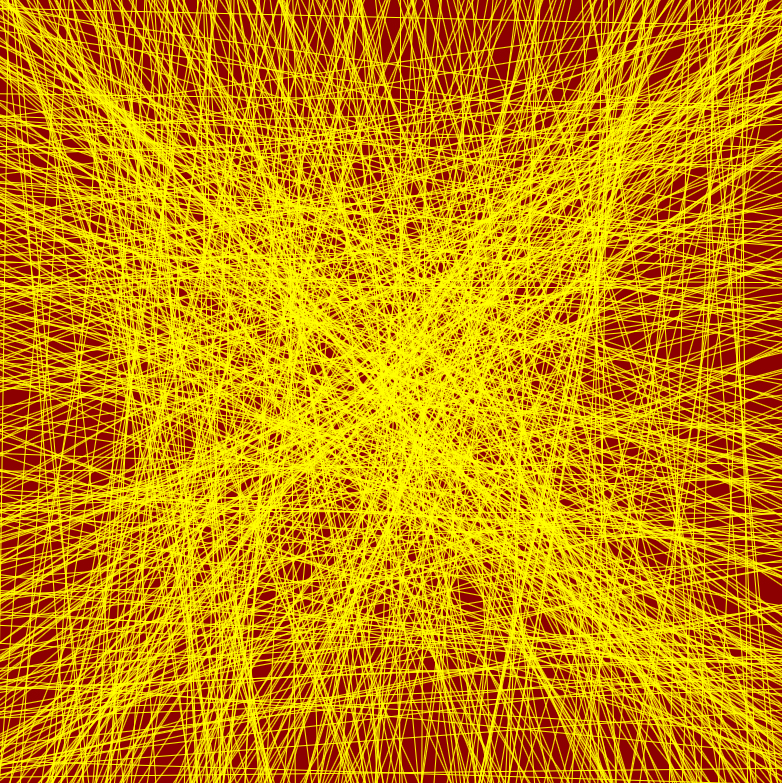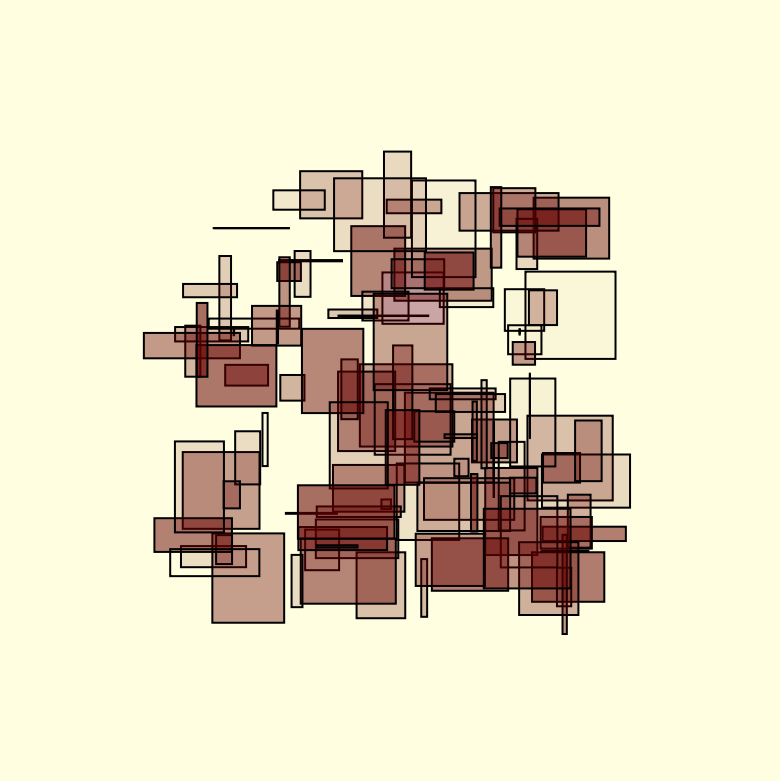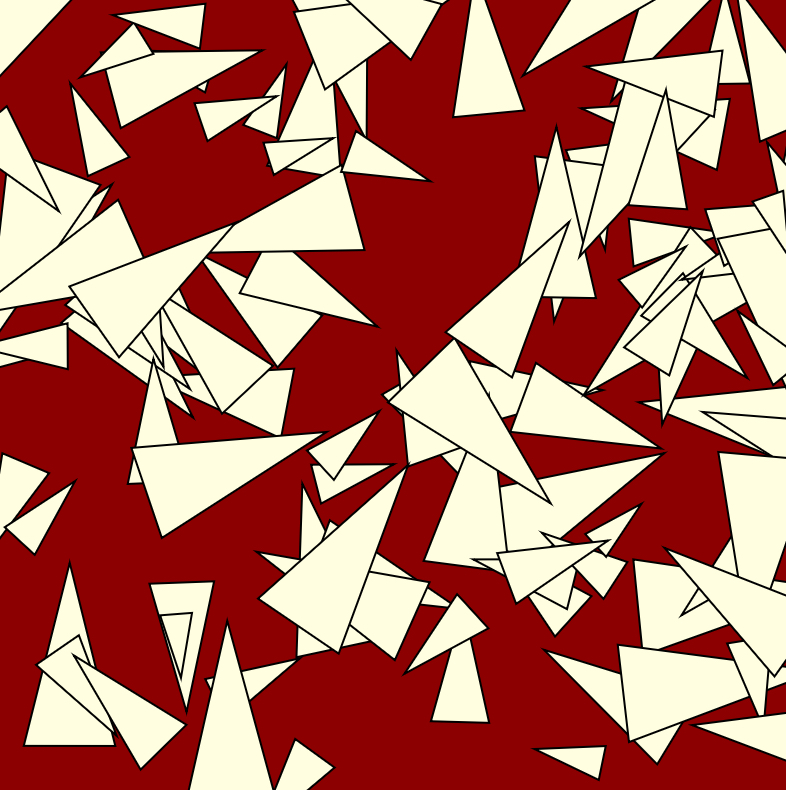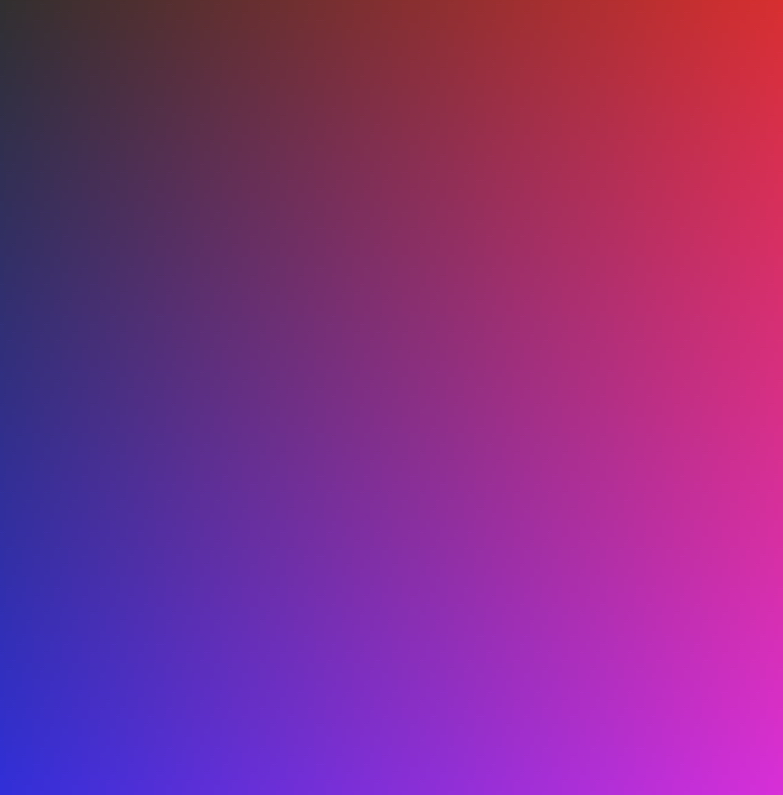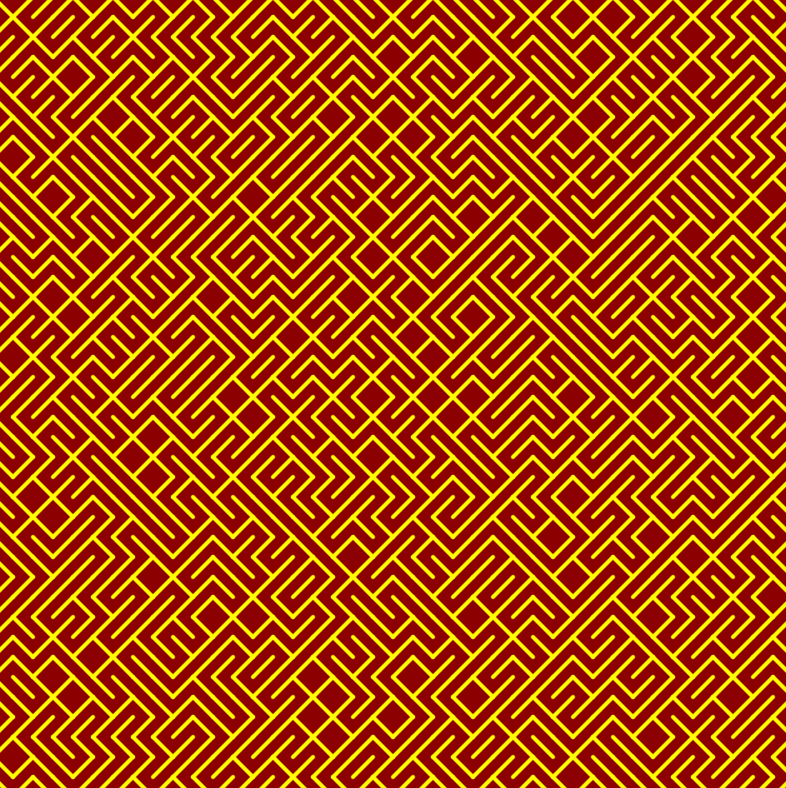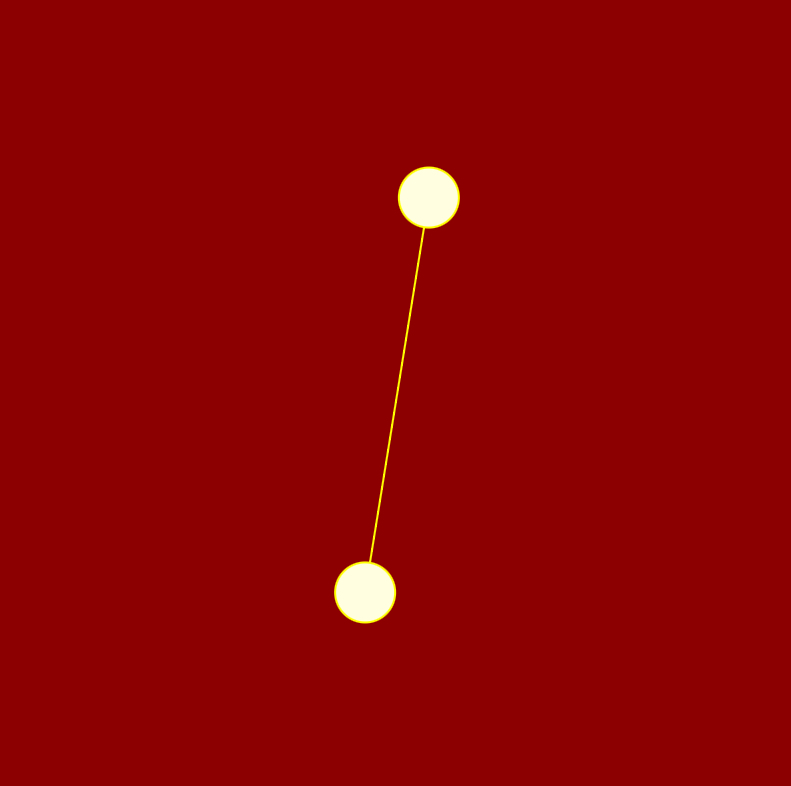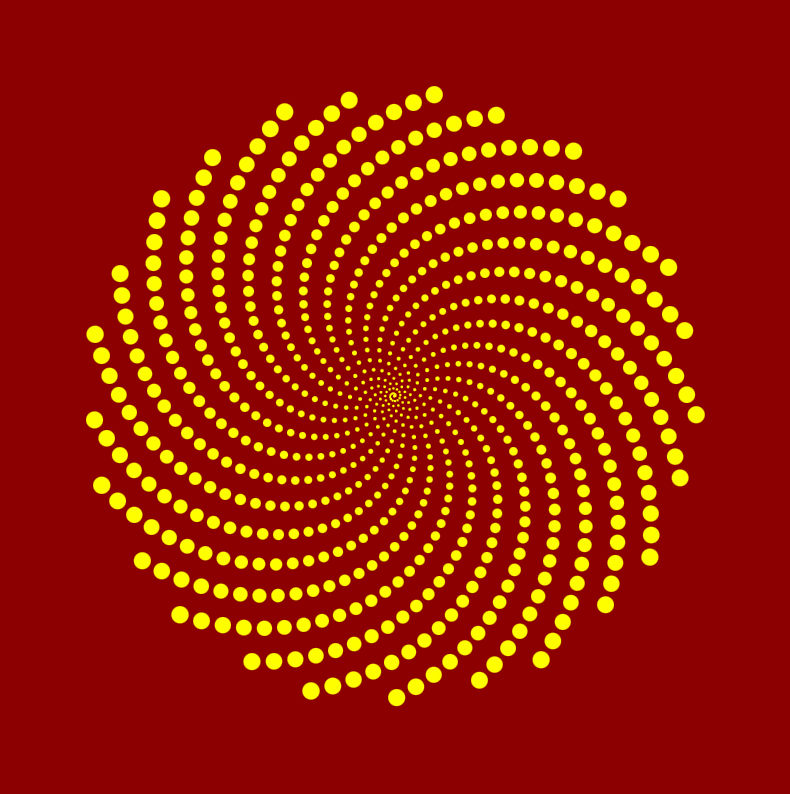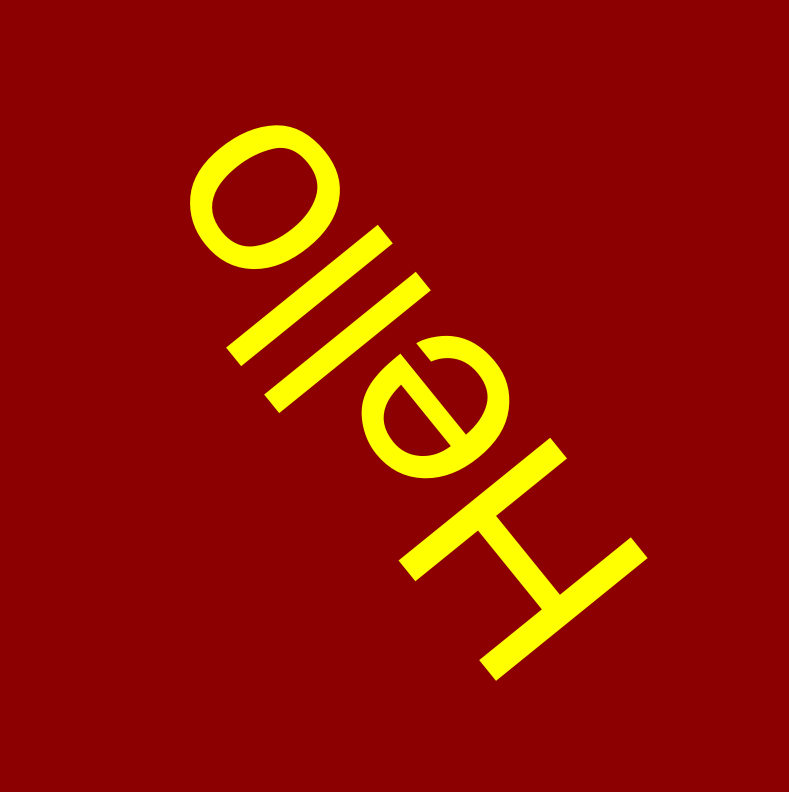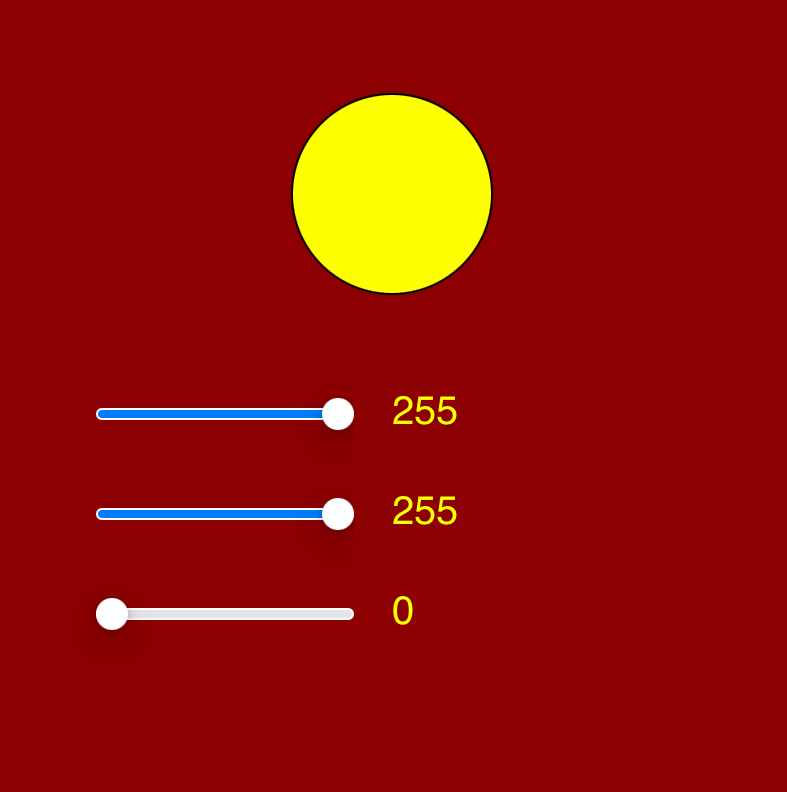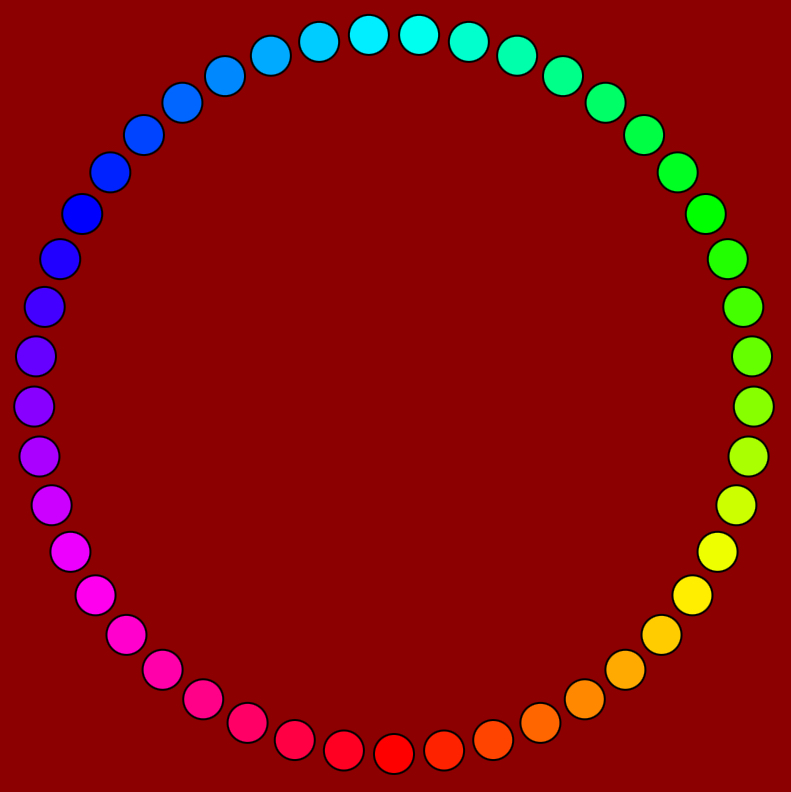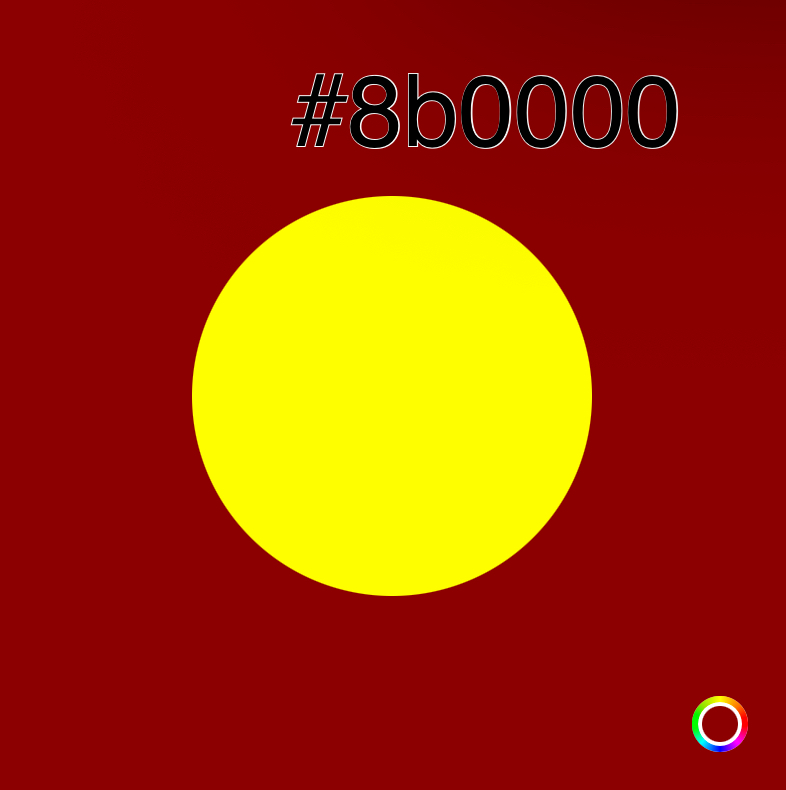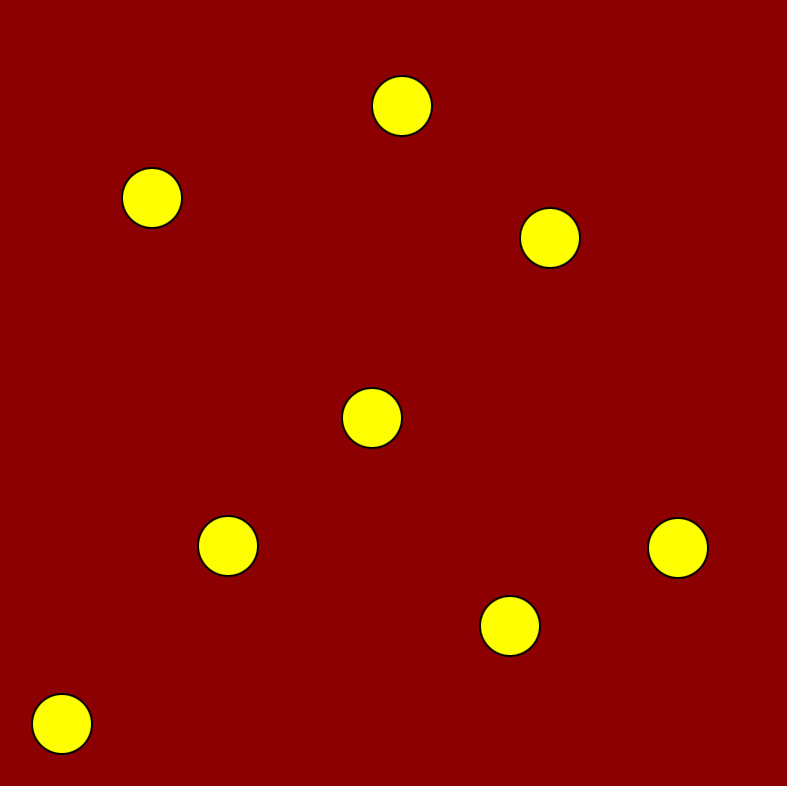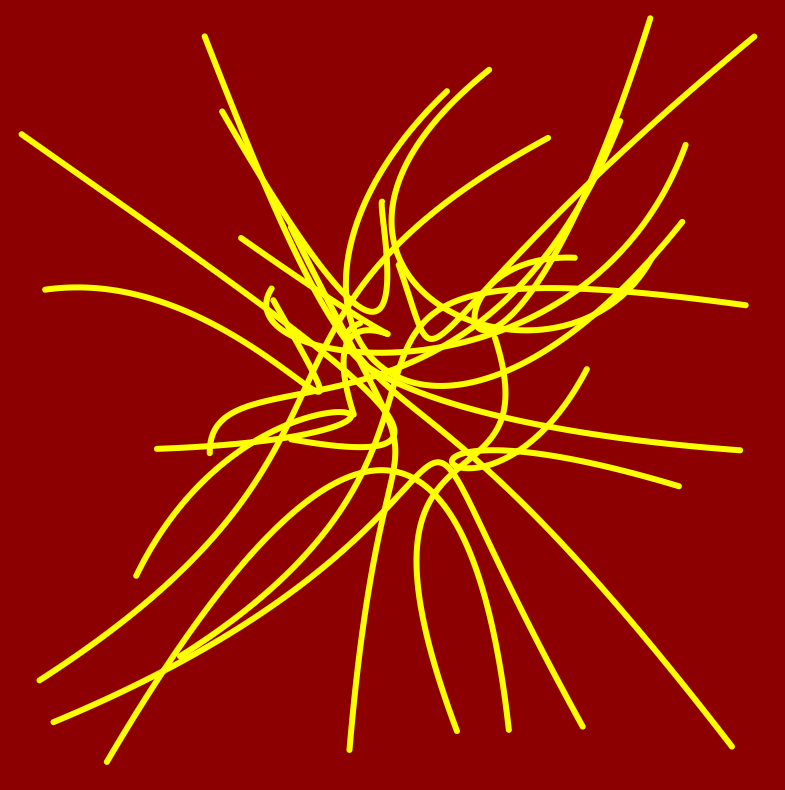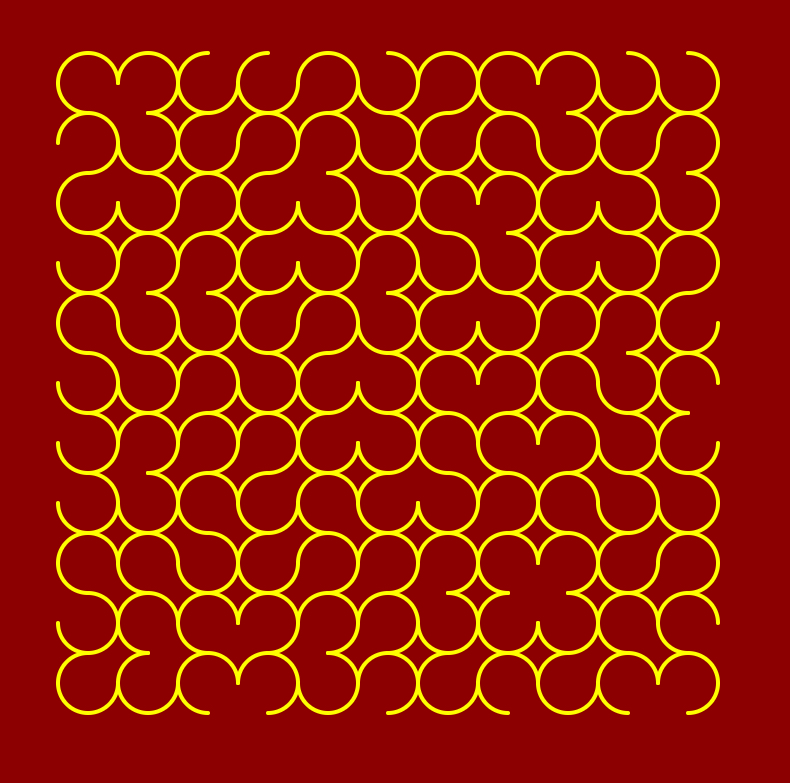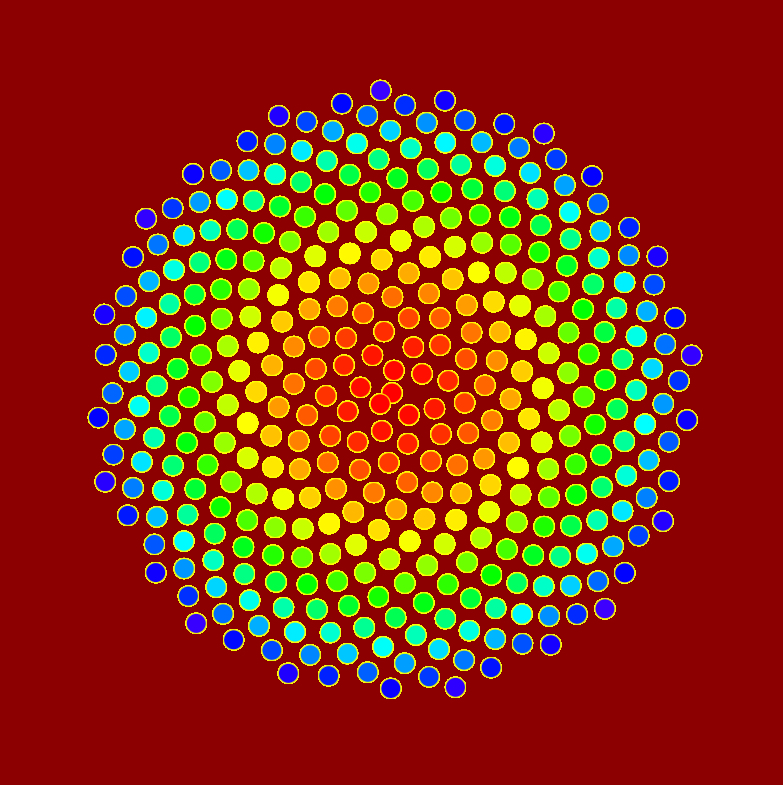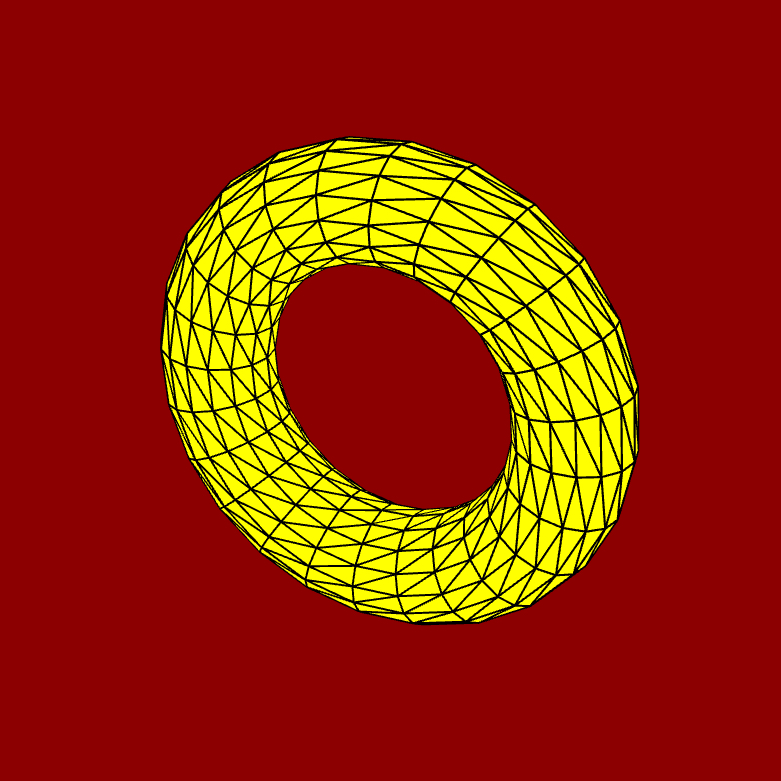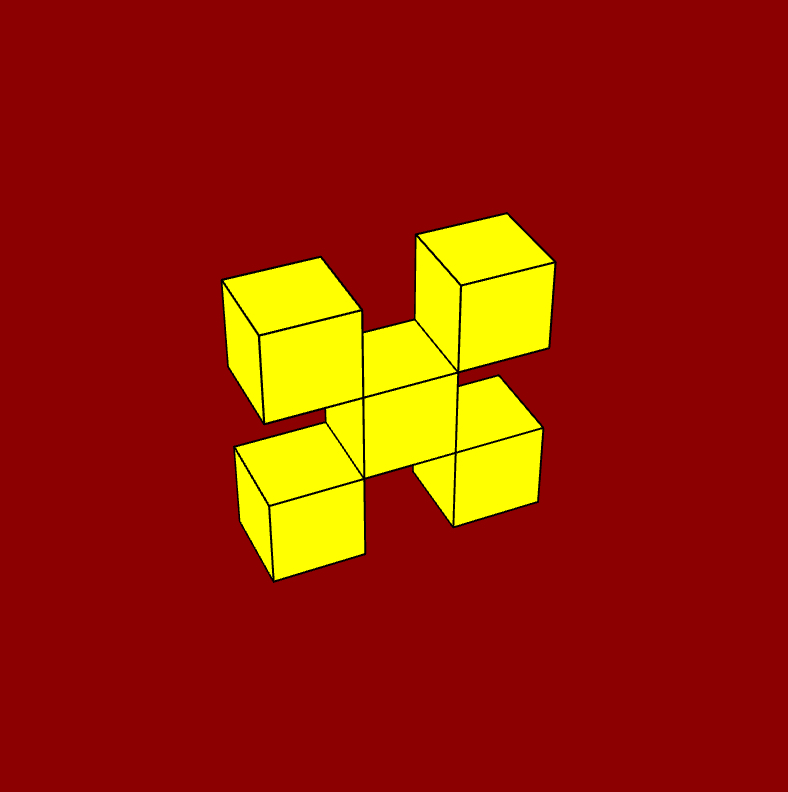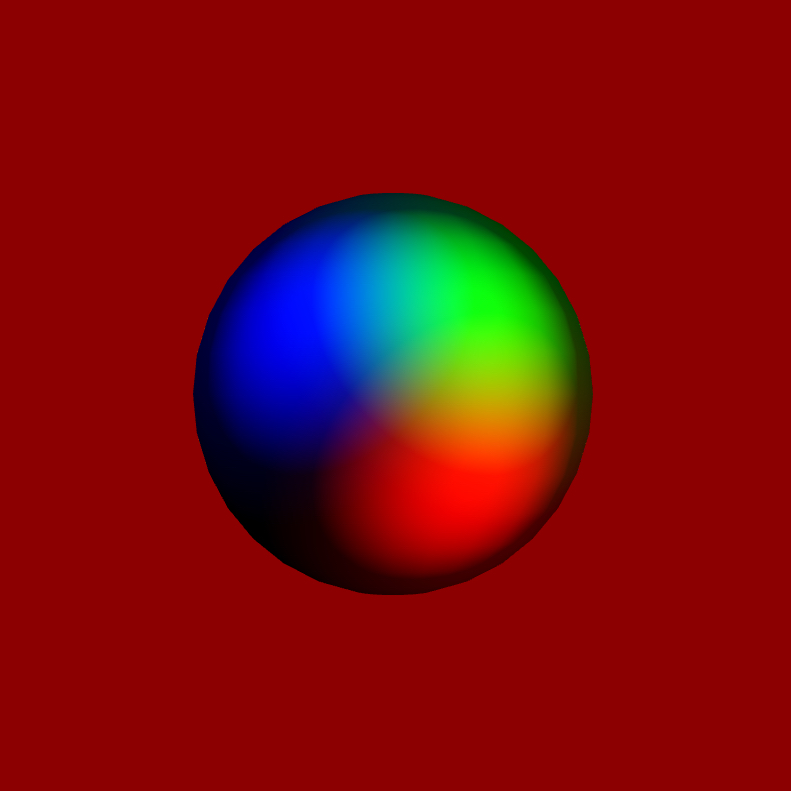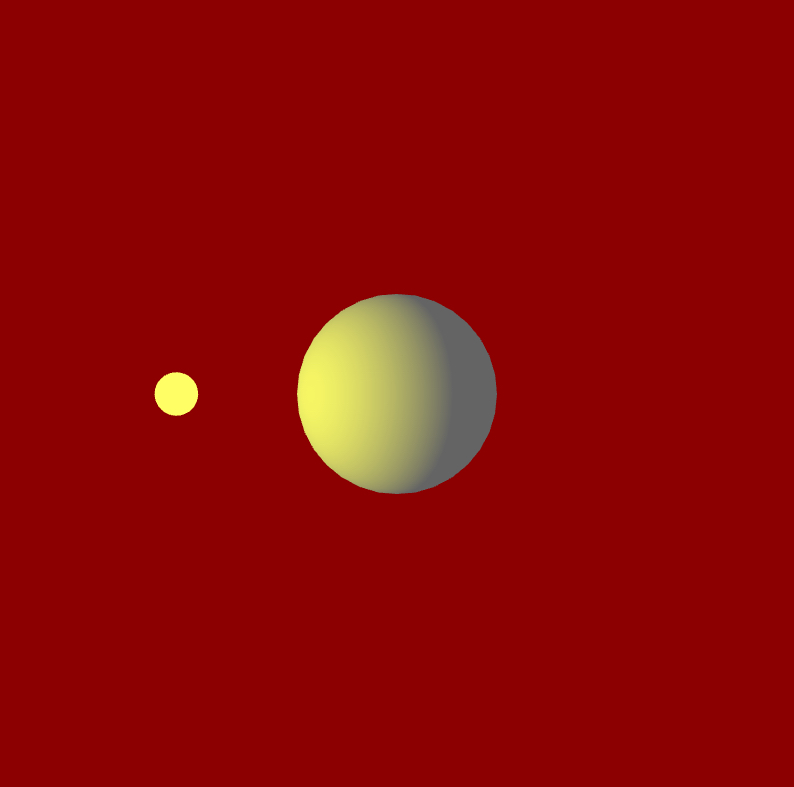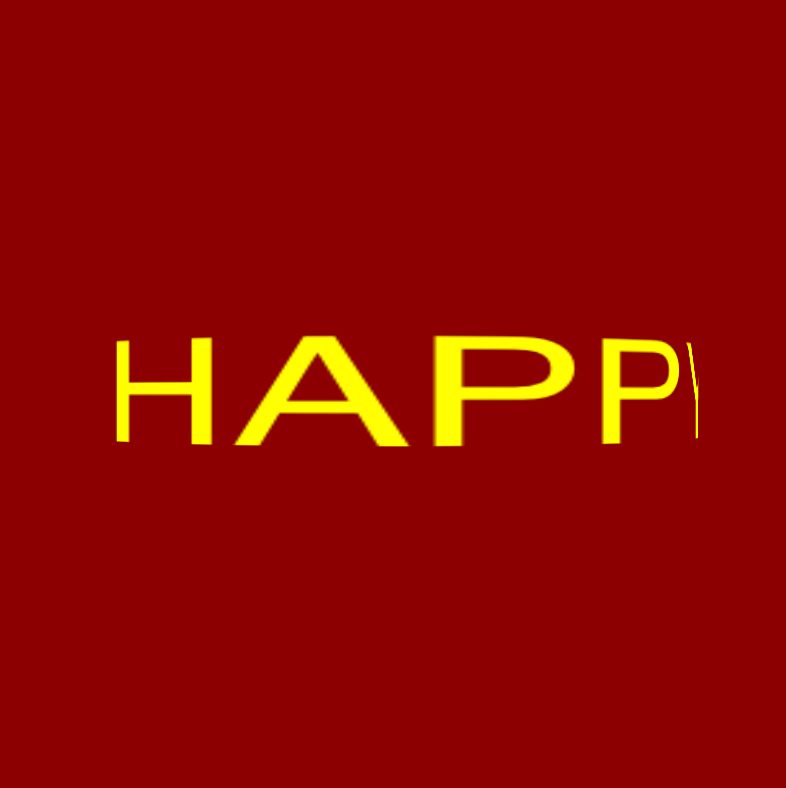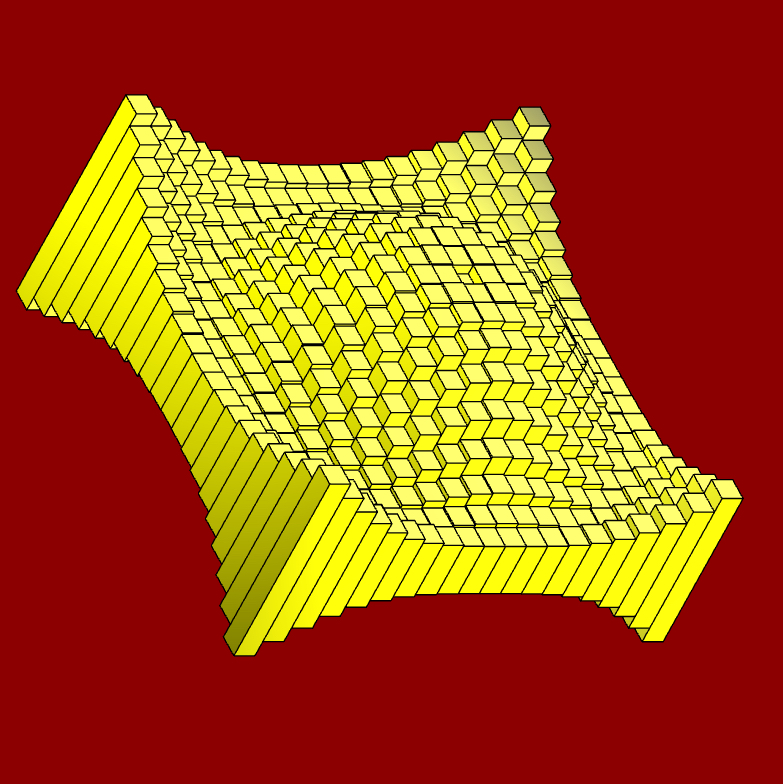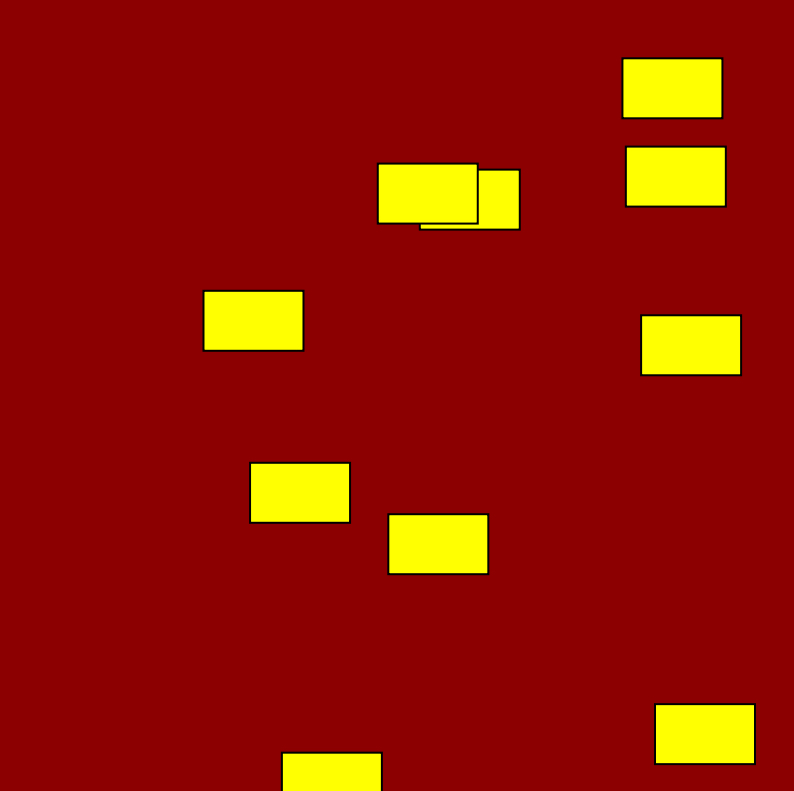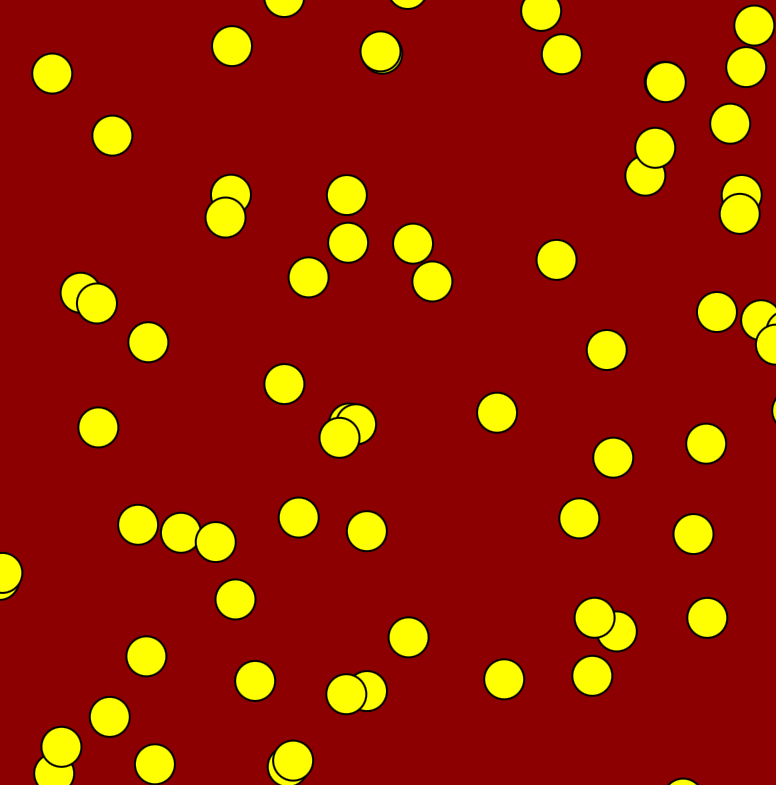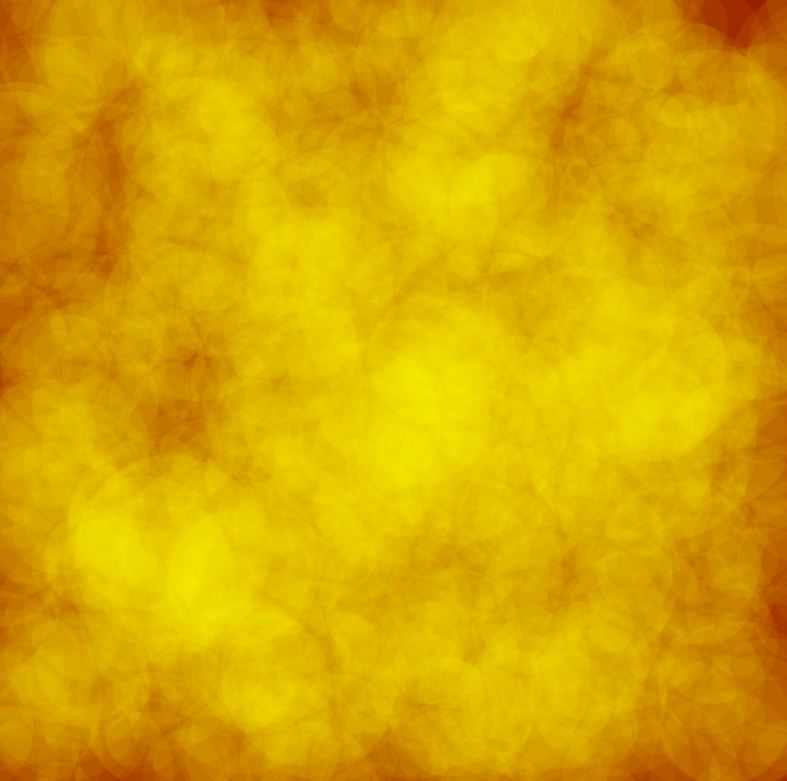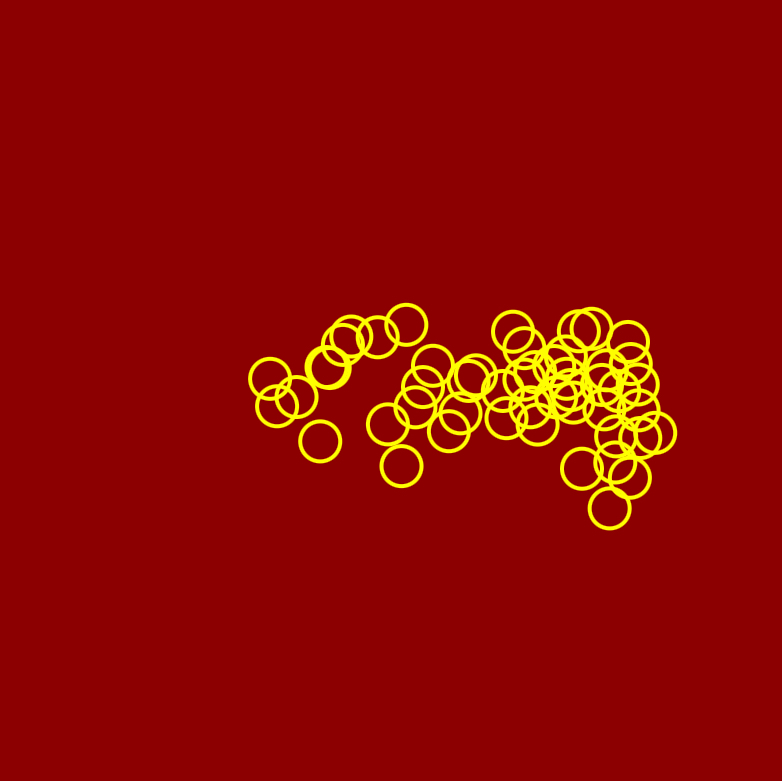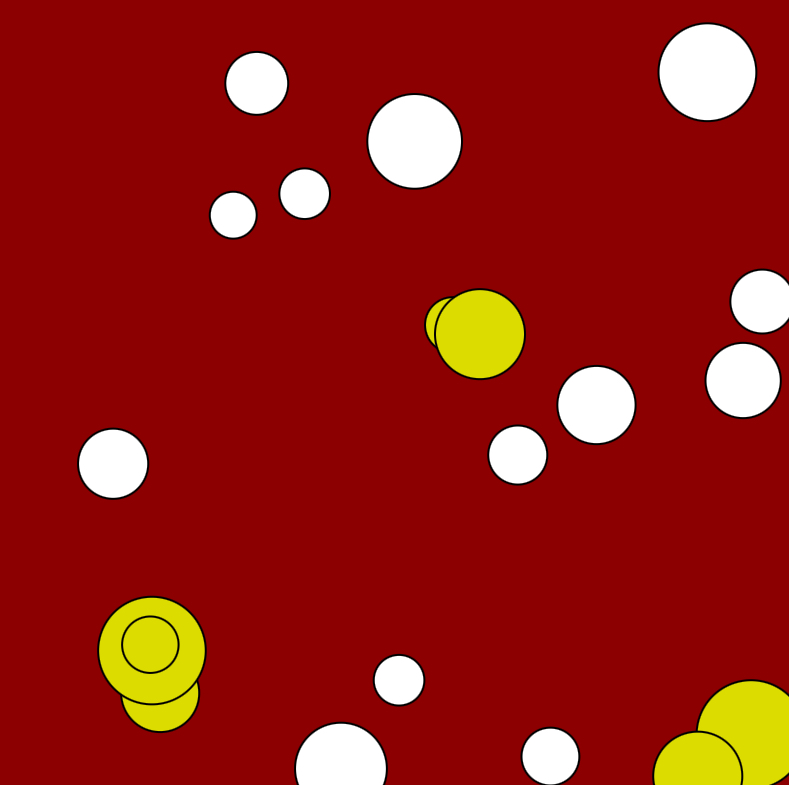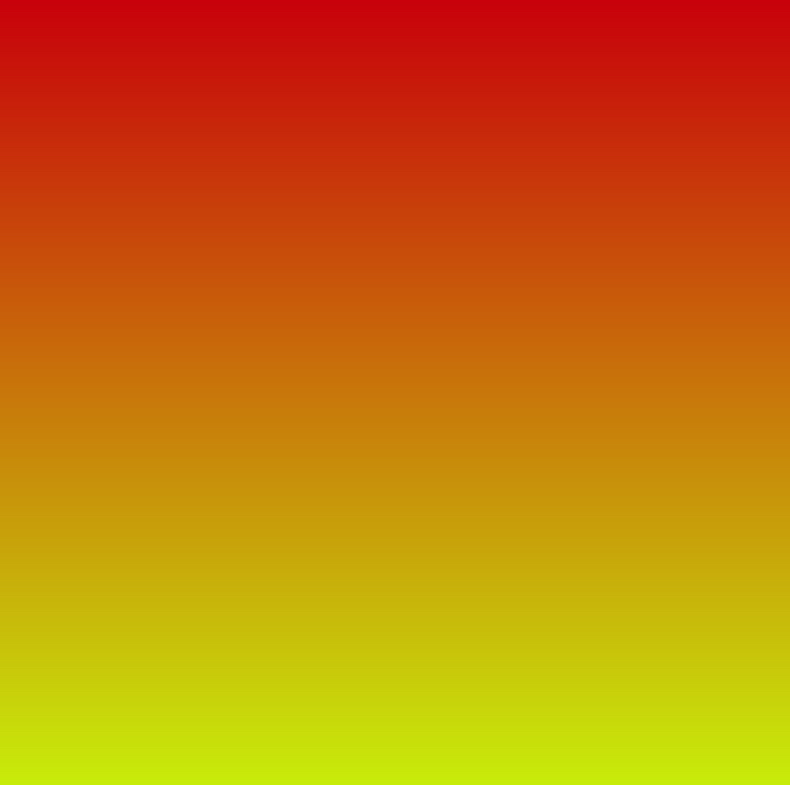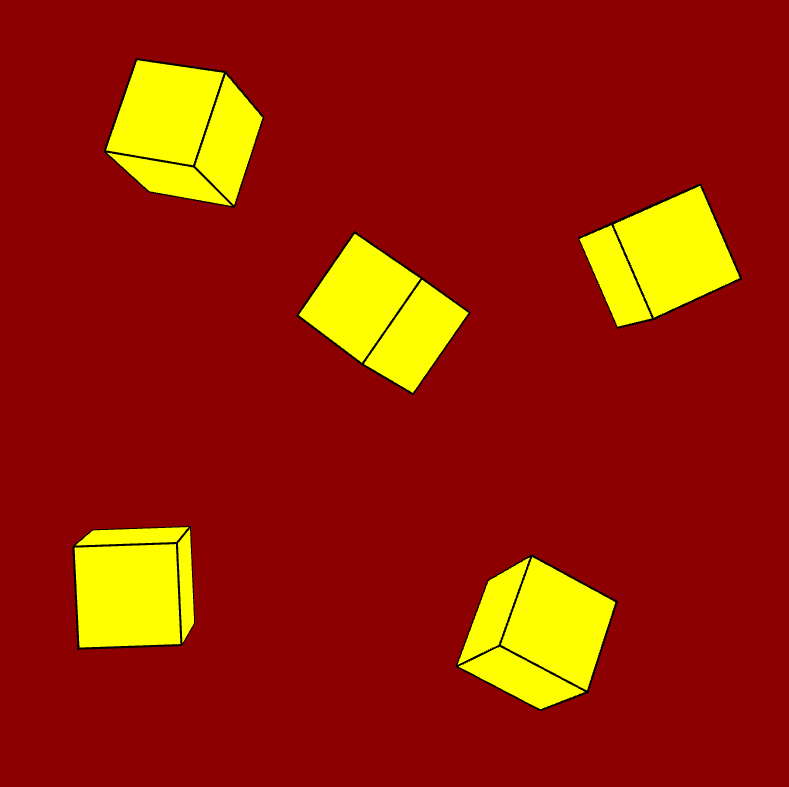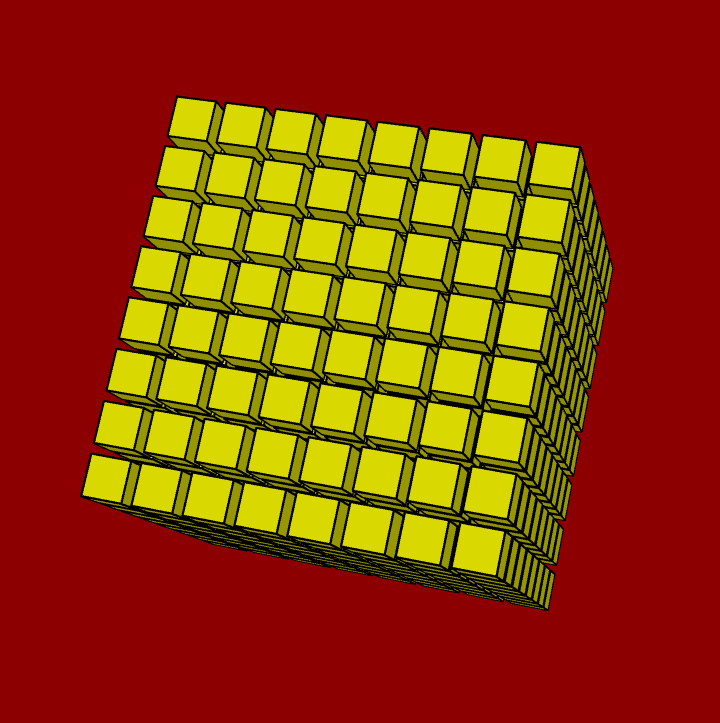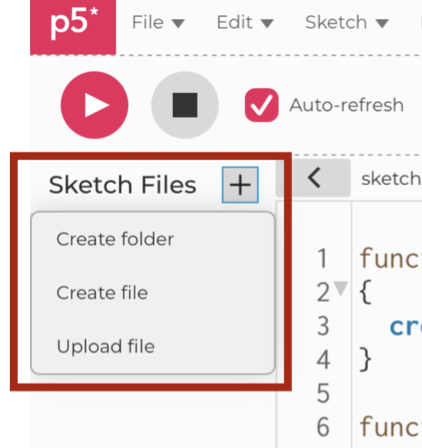Tutorial 1: Coding Basics
This is a basic coding tutorial which is for anyone learning how to code, or wanting to be creative in their coding. It will give you the key concepts you will need to code for whatever purpose. From these concepts, you will develop key skills which you can apply in nearly any area you wish, from algorithmic art to games to artificial intelligence.
This tutorial will take you step by step through the stages of learning. You can work at your own pace; just download the PDFs and use them through printing them off or having them on your desktop as you work through the units.
The topic is divided into modules, which are in turn divided into units. The best way to learn is by doing and then by playing. As you try out new skills, they become embedded, and so I would encourage you to be creative in your coding and see what you can make. All you can do is succeed in trying.
Module A: shapes & concepts
Module B movement and colour
Module C 3D graphics
Module D classes and arrays
Module E important bits and pieces
